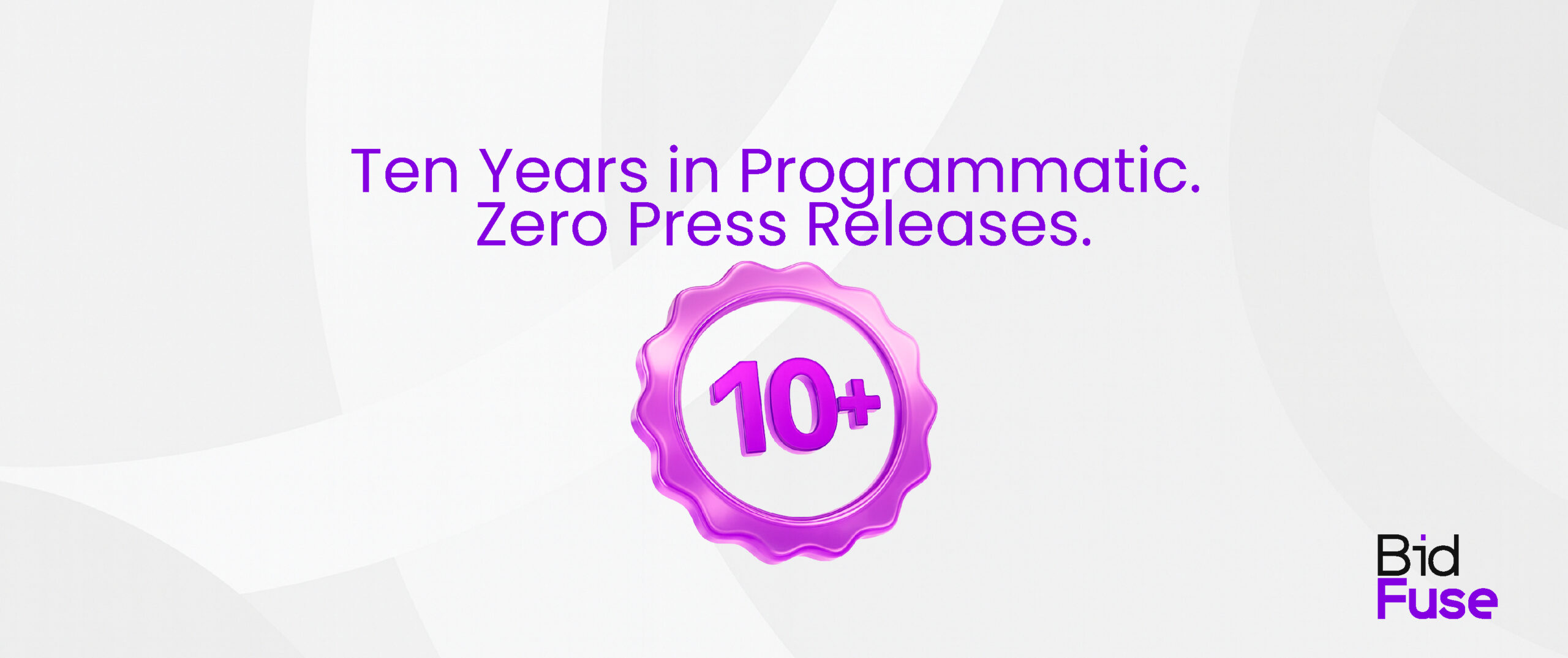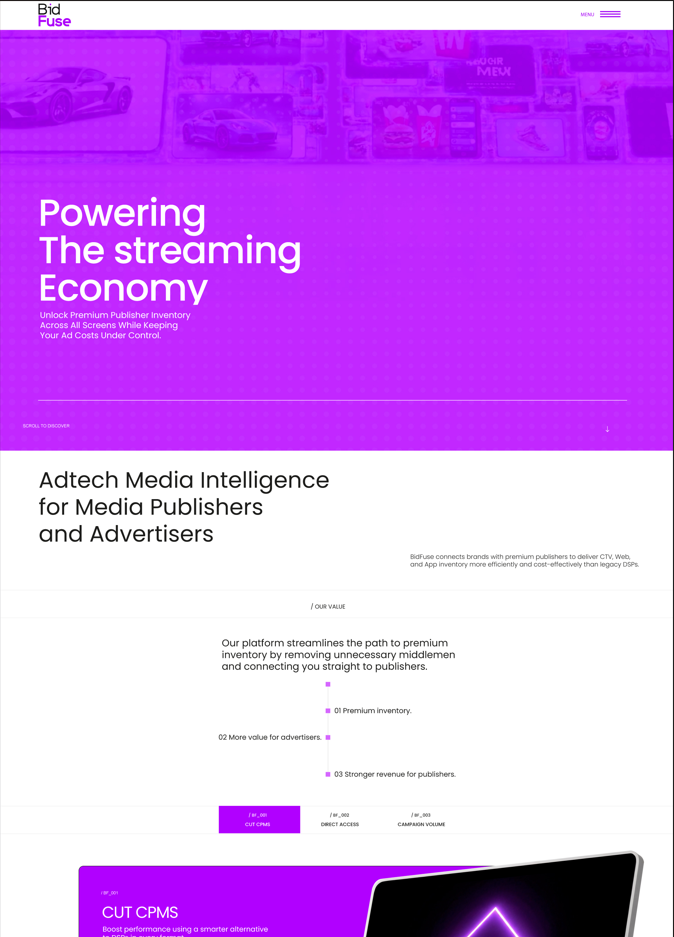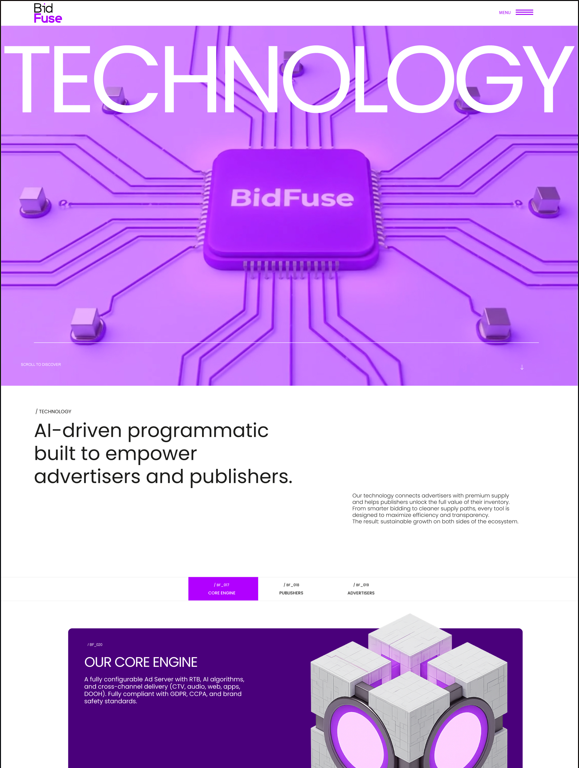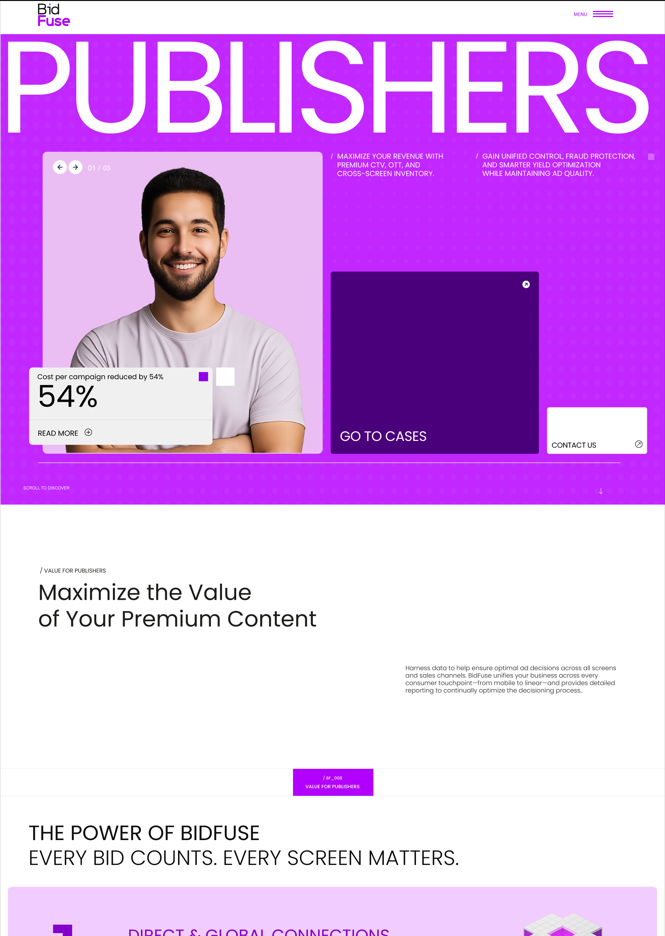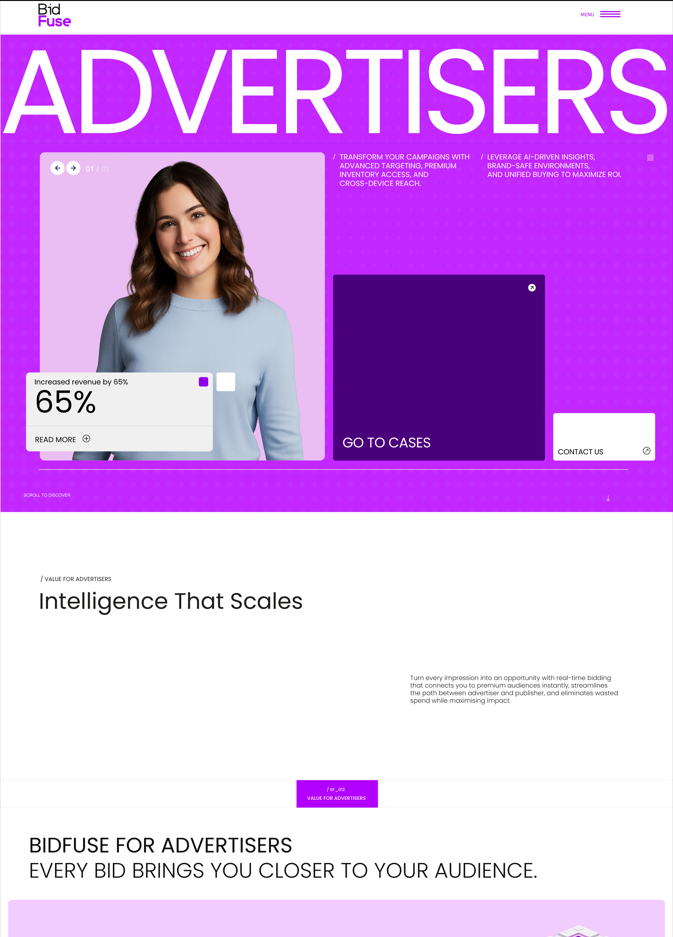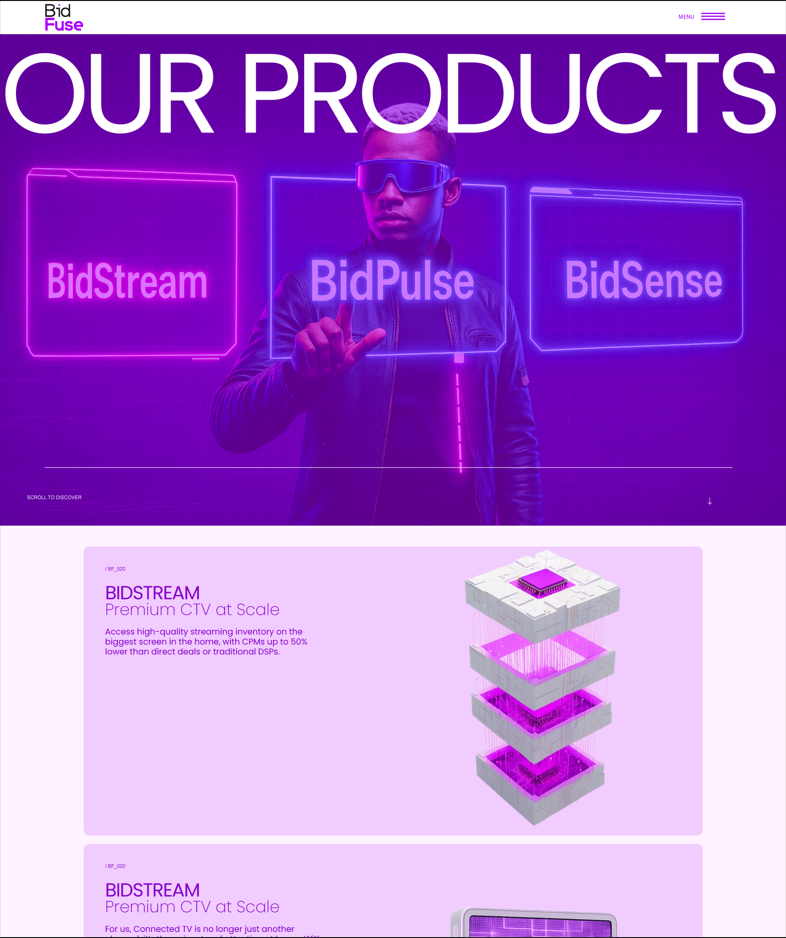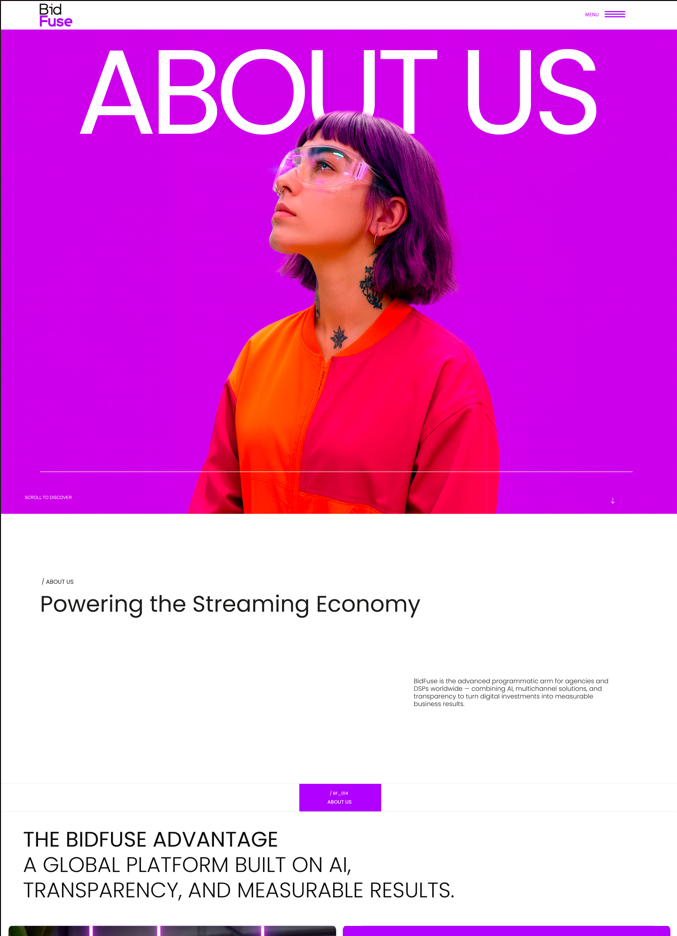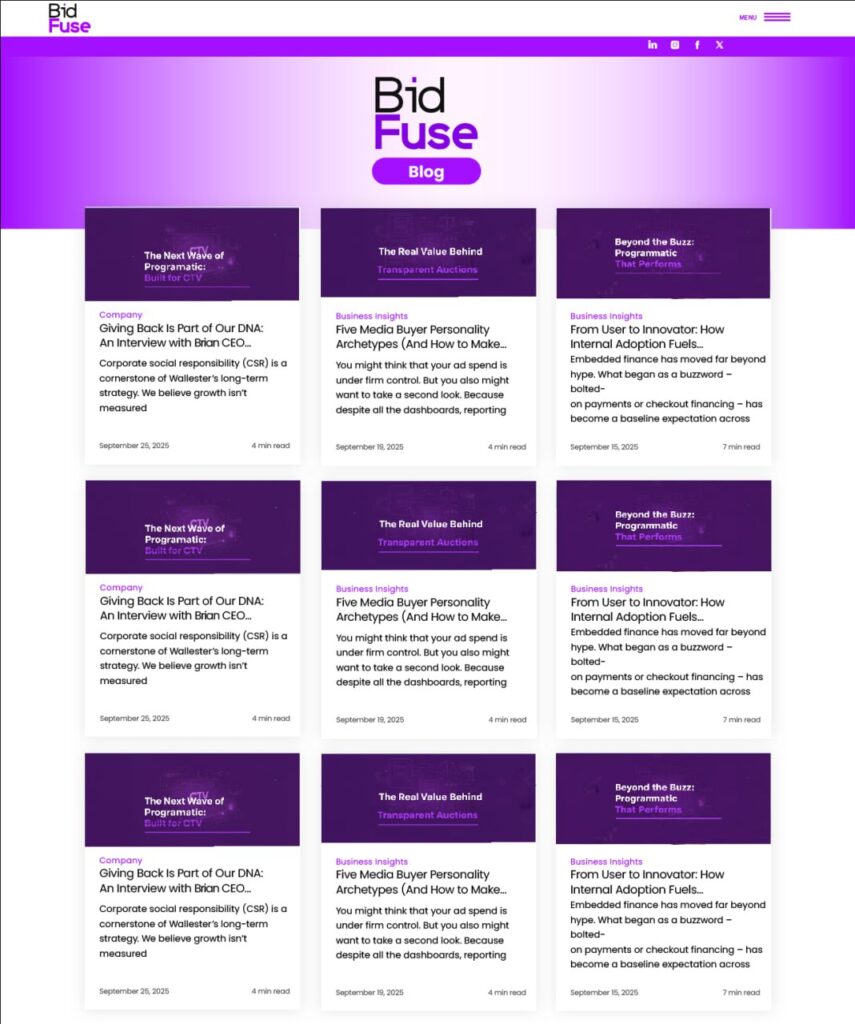Not every milestone needs a press release.
Not every partnership starts on a stage.
Most of ours began simply. A publisher looking for stronger yield. An advertiser wanting cleaner inventory. A recommendation from someone who saw results and decided to share them.
One connection led to another.
A publisher in New York shared their results with a colleague. An agency in London expanded the relationship to more brands. A network in São Paulo tested our stack and brought three more partners into the conversation.
Step by step, trust built momentum.
What ten years in programmatic actually teaches you
The industry moves fast. New formats emerge. Regulations shift. Platforms consolidate. But some fundamentals don’t change.
Ten years operating in programmatic advertising has taught us what matters:
Which demand sources are reliable. Not which ones promise the highest CPMs in the deck, but which ones actually fill consistently, pay on time, and maintain quality standards across geographies.
Why some integrations scale while others stall. Technical compatibility matters, but so does operational alignment. The partnerships that grow are the ones where both sides solve real problems together, not just connect APIs.
That publisher growth comes from solving practical problems, not adding more layers of tech. Most publishers don’t need another dashboard or another SDK. They need fewer hops in the supply chain, cleaner seller paths, and demand that actually converts.
These lessons didn’t come from whitepapers or conference panels. They came from working directly with publishers and advertisers who needed results, not roadmaps.
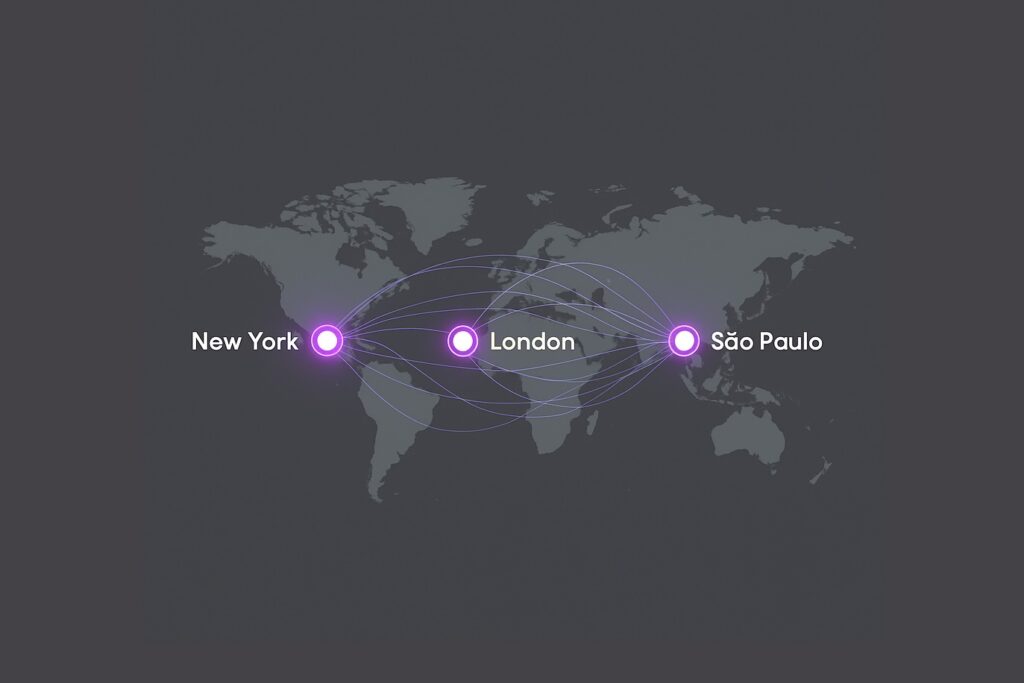
Why we don’t talk about disruption
The industry talks a lot about disruption.
New models. New technologies. New ways to reinvent programmatic advertising.
Too often, disruption just means adding complexity. Another intermediary. Another fee structure. Another layer between buyer and seller that makes the process slower, more opaque, and more expensive.
We see it differently.
Real progress isn’t about inventing new complexity. It’s about removing barriers that should never have been there in the first place.
Barriers like:
- Supply chains with five or six intermediaries when two would work better
- Opaque fee structures that obscure where revenue actually goes
- Integrations that take months when they should take days
- Demand relationships that prioritize volume over performance
Our approach has always been simpler: build infrastructure that works, connect it to partners who need it, and optimize based on what actually drives revenue.
No hype. No inflated promises. Just execution.
How trust compounds
BidFuse didn’t grow because we raised venture capital or launched with a massive marketing campaign.
We grew because publishers told other publishers. Because agencies expanded relationships when results justified it. Because networks and SDK partners saw the infrastructure work and decided to integrate.
That kind of growth is slower at first. But it’s also more sustainable.
When growth is built on trust rather than marketing spend, the relationships last longer. Partners stay because the results are real, not because a contract locks them in.
Trust takes time to build. But once established, it compounds.
A publisher who sees consistent yield improvement doesn’t just stay. They recommend you to others in their network. An agency that gets transparent reporting and reliable inventory doesn’t just renew. They test you with more brands and bigger budgets.
Over ten years, that compounding effect becomes measurable. More than 150 SSPs and 130 DSPs connected. Hundreds of publishers onboarded. Millions in monthly ad spend flowing through clean, validated paths.
The numbers reflect the work. And we’re always ready to share them directly, in the right conversation.
What comes next
We’re not done building.
There are new markets to expand into. New formats to optimize. New partners who need the kind of infrastructure we’ve spent a decade refining.
But the principles won’t change.
We’ll keep prioritizing execution over announcements. Results over roadmaps. Trust over hype.
Because in the end, that’s what builds partnerships that last.
Not press releases. Not stage appearances.
Just consistent delivery, one relationship at a time.

